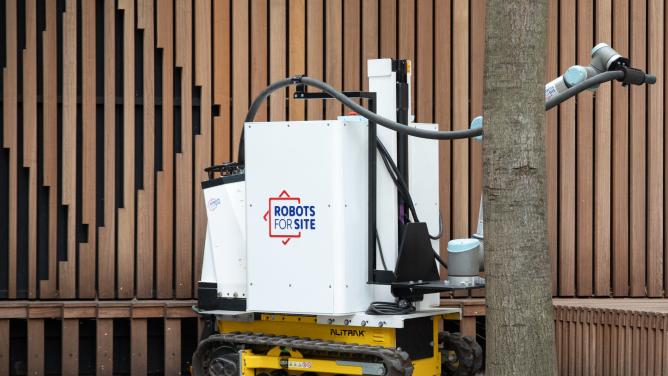
There is a problem with Smart cities. The more people talk about them, the more watered down the concept has become. All urban technological initiatives seem to enter under its definition. We’ve lost count of the number of businesses who presented their Smart City plans at CES in 2018. As for the big names, Google is going to renovate a whole neighborhood in Toronto with Sidewalk Labs, the urban-centered subsidiary of parent company Alphabet. Meanwhile, Bosch is indistinctly tackling air quality and car parking. As for the startups, the electric vehicle charging station of the future is getting cozy with smart handlebars… As Olivier Ezratty described in his annual round up of the trade show, it is clear there is a “rather varied jumble of solutions.”
And it is in this rather vague conceptual setting that the idea for Responsive Cities first emerged. Although they rely on the same initiatives as Smart Cities, such as data, IoT and automaton, the new kid on the block has the merit of being defined by its ultimate aim: the citizens themselves. Back in 2014, the eponymous book by Stephen Goldsmith and Susan Crawford already set out the basis of intelligent cities, describing them as places where data served its citizens. After all, as Shakespeare once wrote in Coriolanus, “What is the city but the people?”
The concept is echoing the fears of a total technological city, a playground for business and pleasure for big industry players and other web giants to the detriment of citizens and the fair treatment amongst residents. “If city government were concerned only with efficiency, you don’t send buses where it’s rural or poor,” explained Pamela Robinson anxiously in the New York Times, concerning Google’s project in Toronto. Ultra-connected ghettoes reserved for the richest populations, mass surveillance made possible by systematically-collected data, conflict between public and private players on how things are run…. The conceptual frame for Responsive Cities does not call into question whether such intelligent cities will exist or not, but rather effectively questions what the boundaries will be.


